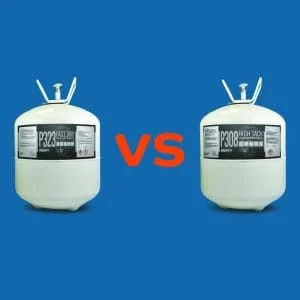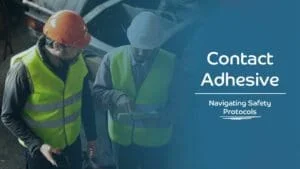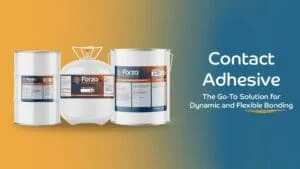Pressure Sensitive Adhesives PSA vs Contact Adhesives
PSA vs contact adhesives: how do they compare?
PSA’s (Pressure Sensitive Adhesives) are adhesives that stay tacky once dry, and contact adhesives are adhesives that, once coated on both substrates, stick to themselves.
PSA’s can bond many substrates, but are typically used for temporary bonds or on extremely difficult-to-bond substrates, as they are permanently tacky. They are quite viscous, and easier to work with than contact adhesives.
Contact adhesives, on the other hand, are generally used for permanent bonding, and laminating large areas that need to be bonded. They have high initial strength and great holding strength, and are great for bonding veneer or plastic laminate.
So which type of adhesive is best for you? Well, either type can be a good choice, it depends entirely upon your application and the substrates you’re using. Contact us today about your application – we’d love to help you out!




